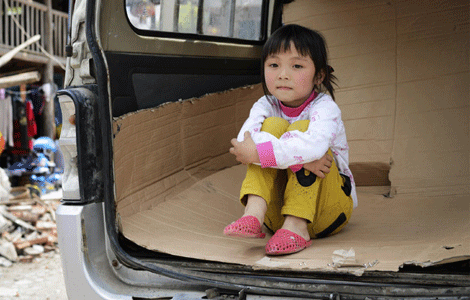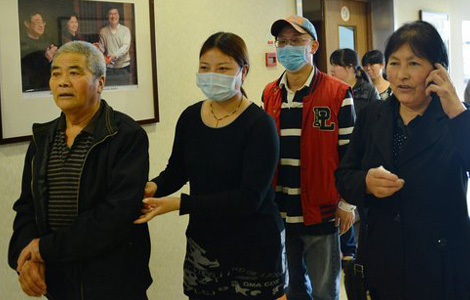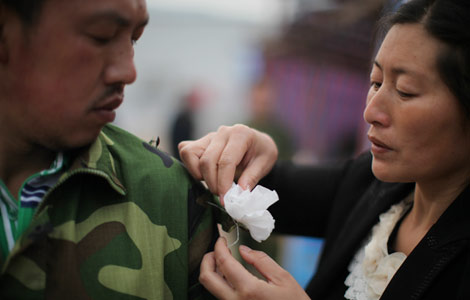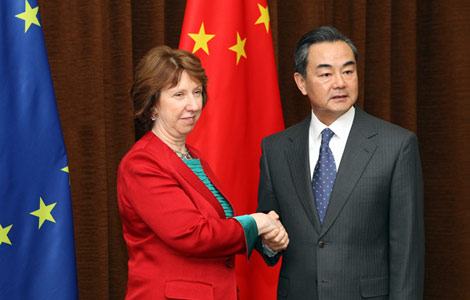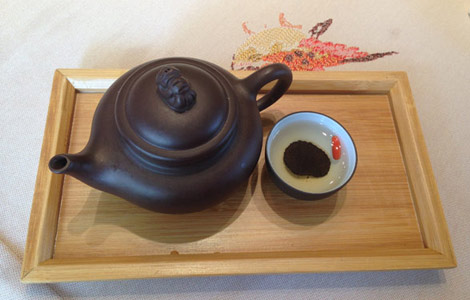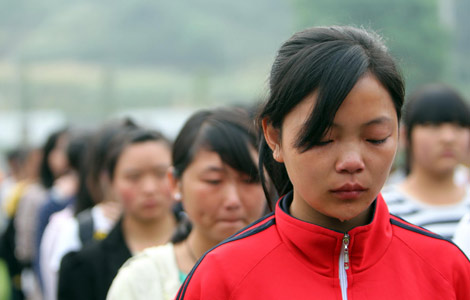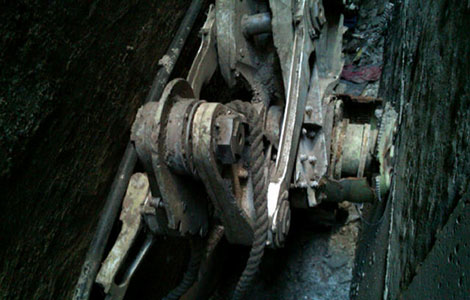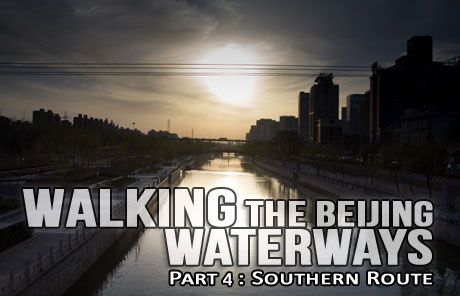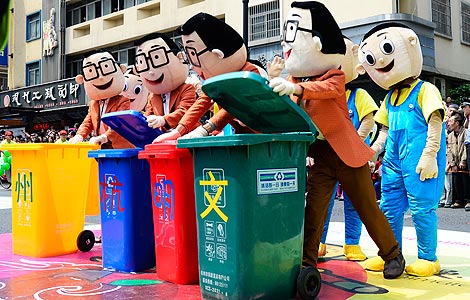Building while reflecting
Updated: 2013-04-29 02:19
By Yang Yang (China Daily)
|
||||||||
|
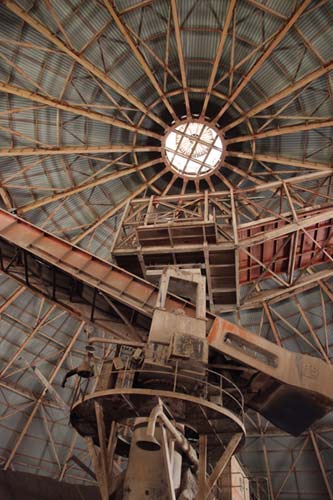 |
|
Dome and steel structure inside the defunct cement plant, which will be converted to a "cloud theater" for the biennale. |
"We imagine that people who visit the exhibition can either come here for it alone, or just come across it when they're taking a walk with their children," Zhang explains. A second difference, he goes on to explain, is in the theme — Reflecta and Fabrica — two Latin words that could describe Shanghai's history over the past three decades.
"A retrospective look at Shanghai's developmental history reveals the rise of China," Zhang adds, "over the past 30 years, its construction work, development, and urbanization have been speeding up.
"We use the Latin word ‘fabrica', which means to make, to express the deeper meaning of the historical process, not only in the past but also at present and in the future. But, despite the continuing development, we also need to reflect on and review the past to construct a historical attitude toward the development — that's the ‘reflecta'."
Another difference is the fact that this biennale will create a dialogue between architecture and other art forms, such as film and sound art. Why is that needed? Because, as Zhang says, for many people, architecture is the art of space, but it is also an art of time, which is always changing in illumination by day or night. And the other art forms will bring more change to architecture in the dialogue.
"In this way, the old industrial plants will get new vitality through a re-design and we'll find that new beauty," Zhang concludes.
Over the next six months, before the biennale commences, those 12 architects, including Zhang Yonghe; the Italian Vito Acconci, one of the founders of performance art; and the Danish company Schmidt Hammer Lassen Architects will be visiting the waterfront to get to work on their experiments.
Afterward, artists from other fields can create their own work based on their understanding of the buildings and the surroundings to form a dialogue between architecture and other artistic forms.
In any case, unlike so many biennales, the art activities here will roll on even after the 58-day event closes.
Most Viewed
Editor's Picks

|
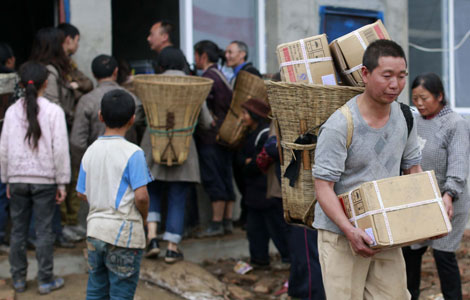
|

|

|

|

|
Today's Top News
13 killed, dozens injured in Mexico prison riot
China, EU 'to renew ties'
Life goes on after Lushan earthquake
TEDA inks investment agreement with Egyptian govt
Industries post lower profit growth
China, EU agree to beef up cooperation
China's court hears Jordan suit
Top charitable donor list published
US Weekly

|

|
